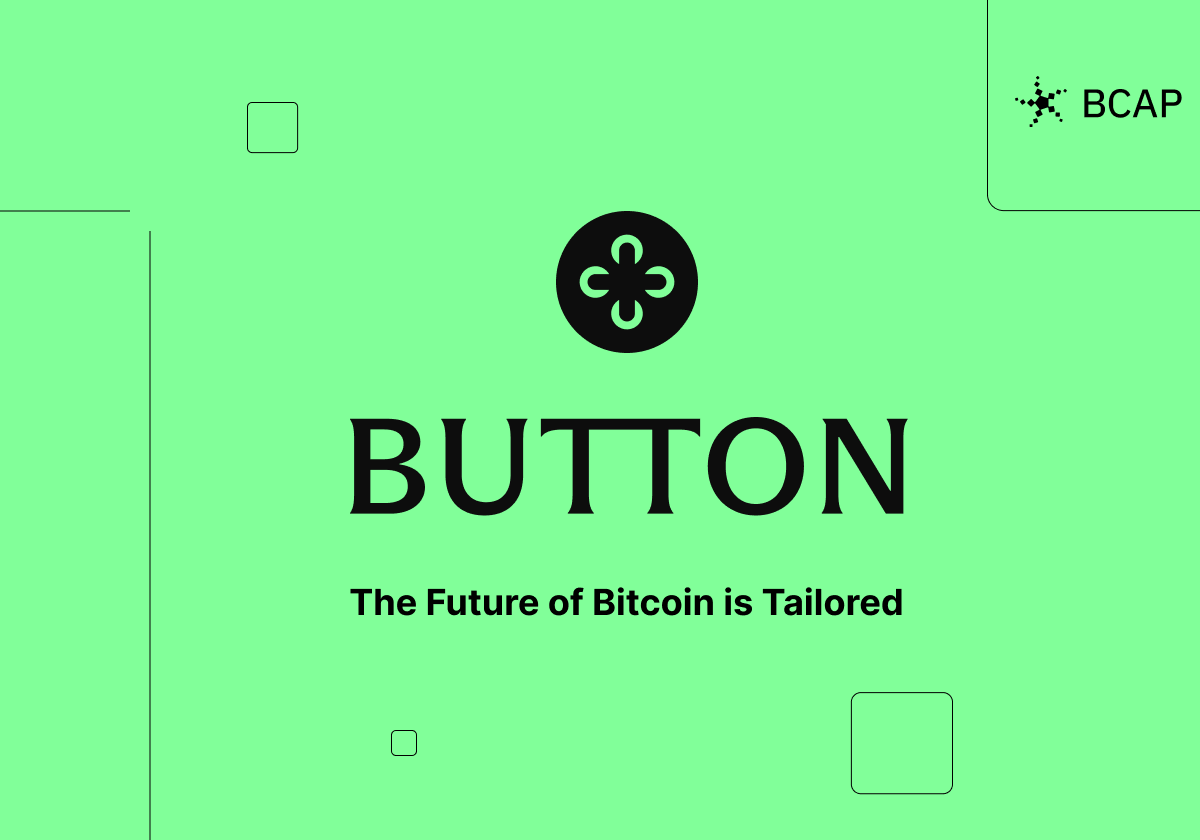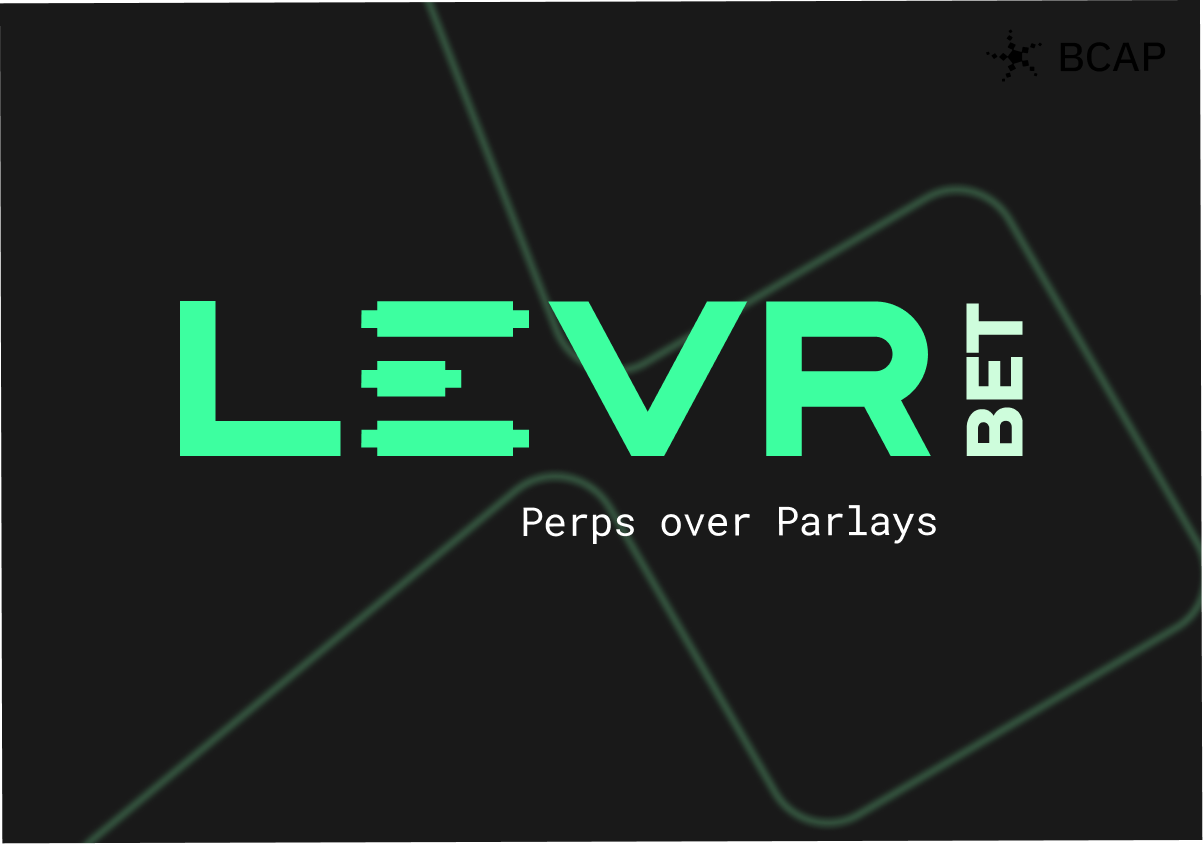
Yellow Card: Bringing Africa onchain with stablecoins
To westerners, the value proposition of stablecoins is not always obvious. We tend to take for granted our access to reliable stores of value and financial rails and can overlook that many parts of the world lack these privileges. In countries with high inflation and inefficient financial systems in particular, stablecoins are a silver bullet.
This trend can be seen very clearly in Africa. The average annual inflation rate for African currencies is 14%, and 70% of African economies are facing serious foreign exchange shortages. As people search for stable currencies, U.S. dollars are in high demand and short supply. Regional banking infrastructure does little to alleviate these issues—for instance, 80% of cross-border payments originating from African banks are processed offshore, and the continent experiences the world’s highest remittance fees at an average of 8%, despite nearly $100 billion in annual remittance flows. To add to the challenges, payments solutions within Africa suffer from extreme fragmentation with over 400 alternative payment methods (with less than 2% interoperability) and 42 different illiquid, exotic currencies.
At the same time, Africa stands on the brink of significant economic transformation. With a population of nearly 1.5 billion people, a median age of 20, 75% mobile phone penetration, and a middle class that has tripled in size in the last three decades, the continent is poised for dramatic economic growth.
As a result, Stablecoins like USDT and USDC have found a natural fit and have seen sustained growth over the past couple of years. Stablecoins are a particularly well-suited solution because they run on global rails, settle quickly, are cheap to use, and don’t require a bank account—just an internet connection. Further, they’re based on open standards that make them easy to integrate with and build on, offering the potential to connect payments networks across the continent.
However, the adoption of stablecoins necessitates new infrastructure, including robust on/off ramps that facilitate liquidity in the predominant local currencies. This is where Yellow Card comes in.
Yellow Card is a pan-African fintech company that offers critical stablecoin-based financial infrastructure. As the largest and first licensed stablecoin on/off ramp on the African continent, the company provides businesses of all sizes with secure and cost-effective methods to buy and sell USDT, USDC, PYUSD, and more via their local currency—both directly and through their Payments API. In doing so, Yellow Card is enabling people and businesses to leapfrog traditional financial systems and use easy, reliable, and cheap stablecoin rails and dollar-denominated savings accounts.
Since founding Yellow Card 8 years ago, founders Chris Maurice and Justin Poiroux have overcome a mountain of challenges to build crypto infrastructure in Africa. Today, they are serving millions of customers and growing Yellow Card’s connectivity at an impressive rate. They are already connected to 45 regional banks, 45 mobile money providers, and 25,000 cash agents across 20 countries. This network, coupled with Yellow Card’s focus on regulatory compliance and licensing, positions the company as the foundational bridge connecting crypto with the fiat economies of Africa. It also makes them the partner of choice for large strategics that do business in the region, and they are already working with companies like PayPal, Coinbase, and Block.
Today, we’re thrilled to announce that we’ve partnered with Yellow Card to lead their $33m Series C. We’ve gotten to know the Yellow Card team over the past several years and have grown more and more impressed with their vision and execution. We’re also deeply aligned with their mission of using digital assets as a tool for financial inclusion and empowerment. In the internet age, local banking infrastructure should not be a gatekeeper to accessing the global economy, and Yellow Card brings us one step closer to that reality. We couldn’t be more excited to support this team as they continue to scale their products across the African continent.
Blockchain Capital is an investor in one or more of the protocols mentioned above. The views expressed in each blog post may be the personal views of each author and do not necessarily reflect the views of Blockchain Capital and its affiliates. Neither Blockchain Capital nor the author guarantees the accuracy, adequacy or completeness of information provided in each blog post. No representation or warranty, express or implied, is made or given by or on behalf of Blockchain Capital, the author or any other person as to the accuracy and completeness or fairness of the information contained in any blog post and no responsibility or liability is accepted for any such information. Nothing contained in each blog post constitutes investment, regulatory, legal, compliance or tax or other advice nor is it to be relied on in making an investment decision. Blog posts should not be viewed as current or past recommendations or solicitations of an offer to buy or sell any securities or to adopt any investment strategy. The blog posts may contain projections or other forward-looking statements, which are based on beliefs, assumptions and expectations that may change as a result of many possible events or factors. If a change occurs, actual results may vary materially from those expressed in the forward-looking statements. All forward-looking statements speak only as of the date such statements are made, and neither Blockchain Capital nor each author assumes any duty to update such statements except as required by law. To the extent that any documents, presentations or other materials produced, published or otherwise distributed by Blockchain Capital are referenced in any blog post, such materials should be read with careful attention to any disclaimers provided therein.










.png)
.png)

.jpg)
